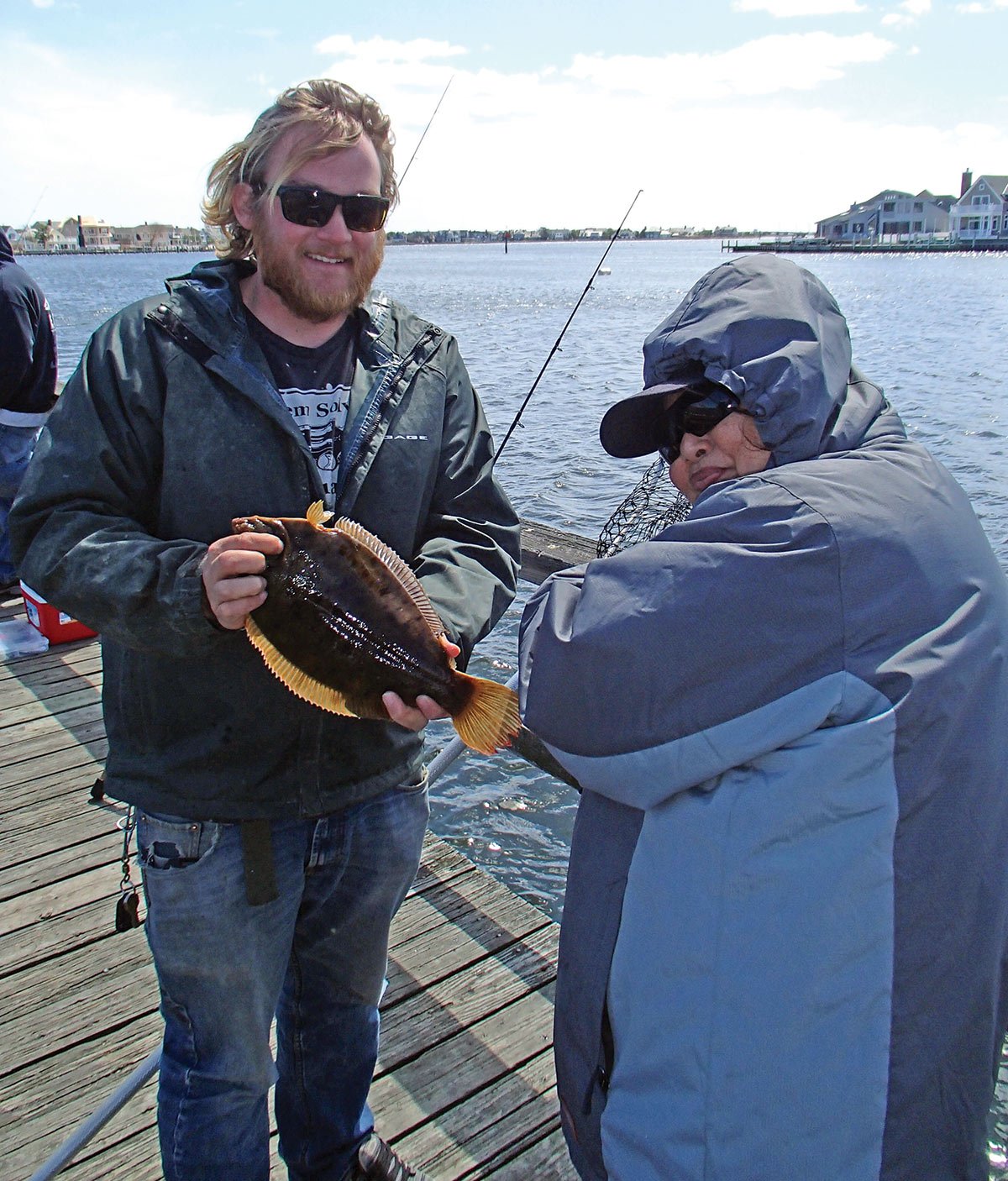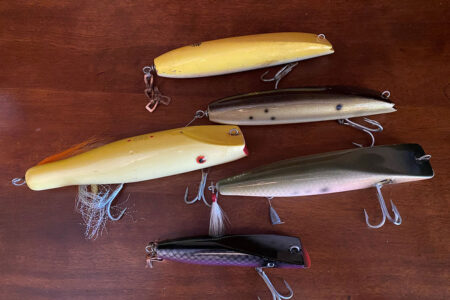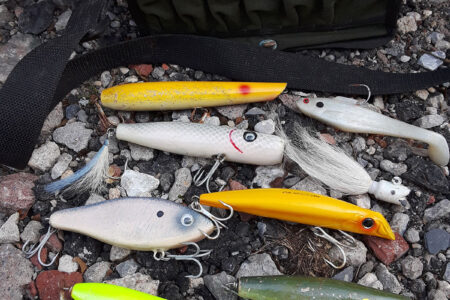
Start your season off on a high note with a trip to the local pier for some fun with flounder!
Boat’s still on dry dock? That’s a shame as winter flounder season is off to a good start. But don’t bug out! Winter flounder can easily be caught from the shore banks along the docks, piers and bulkheads of the back bays.
Search Out Your Spots
In any state, access to myriad docks, bulkheads, sod banks and piers that jut out into the back bays, river systems, and around bridges make land-based flounder fishing a reality. During April and May, bright sunny days with bluebird skies and warm air temps get the flounder on the chew, big time. Match those conditions with a spot that allows you to cast into a channel or work a side slope and you’ve got an advantage. Simple “public access” areas are solid places to start.
Chum Heavy
Start your ground assault up by chumming the area. Without a boat it’s a little more difficult to do, but it can be done. As the tide rushes, drop a regular metal mesh chum pot to the bottom from off the dock or pier and tie it off to the boards. The chum pot will work in the same effect as it does on the boat, flushing bits of clam and mussel out with the current. If you don’t have a chum pot, another method to disperse chum in the area is to cut off the top of those big, fat wiffleball bats and load it with ground mussel and clam, cat food, or even a melted chum log from the tackle shop. Swing the bat and the chum will fan out of the bat and into the area you are fishing.
Finding Fish
Now that the stage is set, it’s time to find the fish. Both sandworms and bloodworms are the best baits, but in a pinch you can also use little slivers of fresh clam. Fan-cast your rigs out to cover a broad swath of area, with lines laying everywhere spreading from say 10 o’clock to 2 o’clock. Flounder are pack feeders, and where you find one you’ll usually find others. A spread of two to three rods is manageable, but if one rod seems to be getting hits, reel in the others and make all your casts to that area until it dries up. To prospect for fish, reel in baits super slowly to drag across the bay floor all the way to your casting perch. Many times you’ll get hit on the retrieve.
Time Tides
I find the best times to fish from a stationary perch are when tidal flow is relatively minimal, generally around the peak of the tides, i.e. two hours before and after the high and two hours before and after the dead low. If you hit an area during a rushing mid-tide, chances are the flow will carry your baits and sweep them along. While this has advantages to cover some ground, generally the rig just flops around collecting brown weed debris on the line. Time the tides for minimal, but consistent, flow.
Essential Gear
Last but not least here’s how to set up. My personal shore-bound flounder gear consists of a 7-foot St. Croix TISMHF70 matched with a Shimano Stradic 3500 reel spooled with 20-pound Power Pro braid. Standard two-hook rigs equipped with snelled Chestertown size #6 hooks with yellow beads and yellow grubs work on a three-way swivel with clip and 1- to 2-ounce bank sinker and can be launched out as far as necessary. Bring a pair of scissors or a knife to cut worm and clam baits, plenty of nylon rope to tie the chum pot off and a long-handled net to scoop up any fish if you are fishing from a high pier or dock. As well, in the early season, waters are still pretty cold and a pair of waders can get you further out onto the flats to cast into a channel.
That’s the whole deal. Now you can score from the shore and put some flundies in the cooler!




